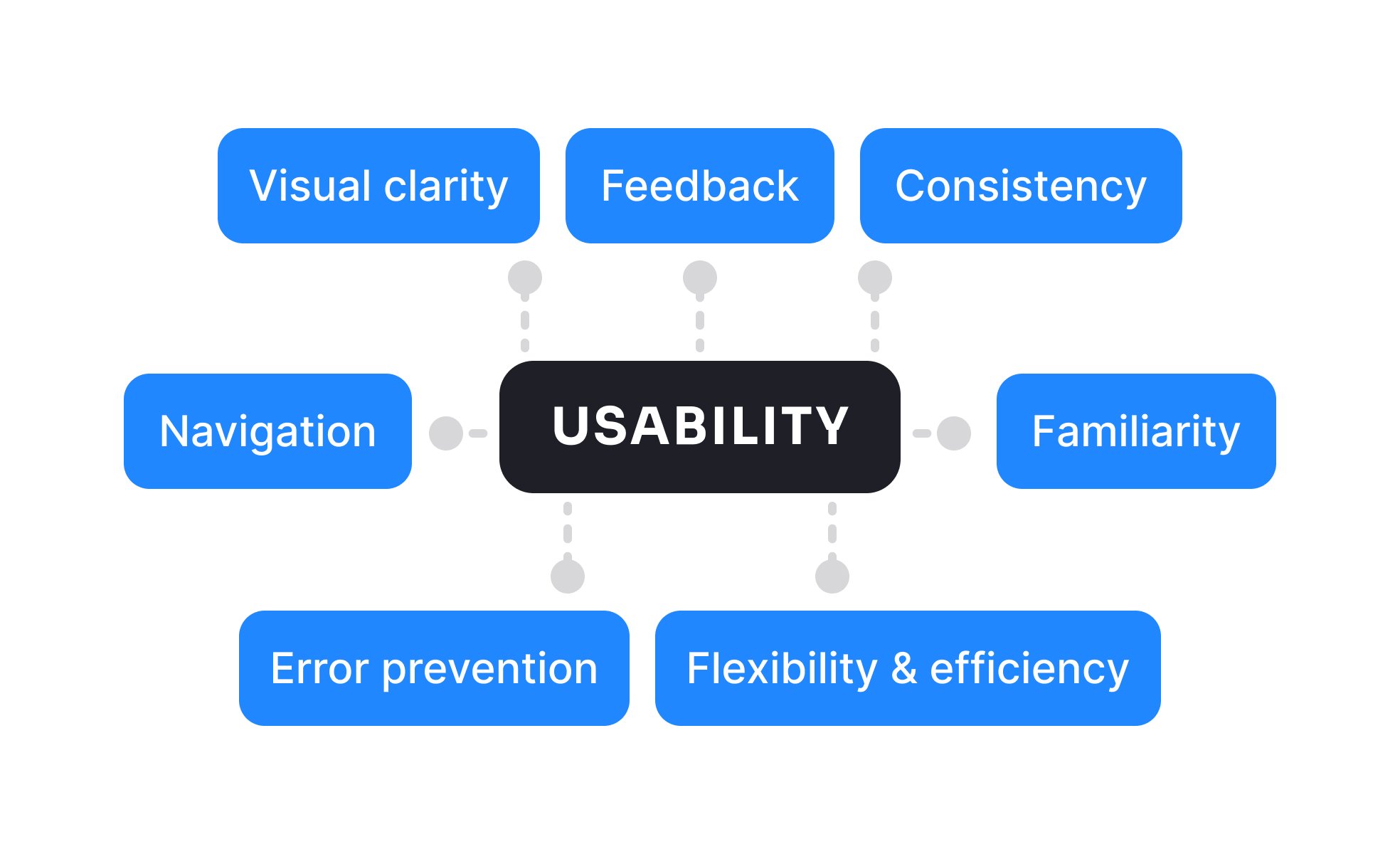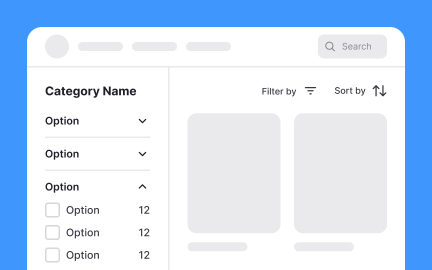Usability
Usability is the measure of how effectively, efficiently, and satisfactorily users can interact with a product, ensuring tasks are clear, and easy to complete.

TL;DR
- Evaluates how simple and effective a product is to use.
- Focuses on clarity, efficiency, and satisfaction.
- Reduces friction in completing user tasks.
- A core pillar of user experience design.
Definition
Usability refers to the degree to which a product allows users to achieve their goals effectively, efficiently, and with satisfaction, minimizing friction and confusion.
Detailed Overview
Usability is one of the fundamental pillars of user experience. It ensures that digital products are not only functional but also intuitive and efficient to use. A product with high usability allows users to complete tasks quickly and with minimal errors, while a product with poor usability frustrates users, causes drop-offs, and undermines trust.
A frequent question is how usability differs from user experience. UX encompasses the overall impression of using a product, including emotional, aesthetic, and functional factors. Usability is a subset of UX, focusing specifically on whether users can accomplish their goals easily.
Another common query involves the principles of usability. The five classic factors are effectiveness, efficiency, satisfaction, learnability, and error tolerance. Effectiveness measures whether users can achieve tasks at all, while efficiency evaluates the time and effort required. Satisfaction captures whether users feel positive about the experience. Learnability ensures new users can quickly become proficient, and error tolerance ensures mistakes do not derail progress.
Teams often ask how usability is evaluated. Methods include usability testing, where real users attempt tasks while researchers observe; heuristic evaluations, where experts assess products against usability principles; and analytics, which track completion rates and error frequency. Combining these approaches gives teams a comprehensive understanding of usability strengths and weaknesses.
Accessibility is closely tied to usability. An interface that is easy for one group of users but inaccessible to others cannot be considered fully usable. For example, insufficient text contrast or poorly designed navigation can exclude users with disabilities.
Finally, usability drives measurable business outcomes. Products with strong usability increase adoption, reduce support costs, and improve retention. In competitive markets, usability can be the difference between a product users recommend and one they abandon.
Learn more about this in the Usability Exercise, taken from the UX Design Principles Lesson, a part of the UX Design Foundations Course.
Usability focuses on task completion, how effectively and efficiently users achieve goals. UX covers the broader emotional and functional impression of using a product.
A product can have good usability but still lack a satisfying overall experience if other factors are weak.
The main principles are effectiveness, efficiency, satisfaction, learnability, and error tolerance. Together, these ensure tasks can be completed clearly, quickly, and confidently.
Evaluating each principle helps teams pinpoint areas for improvement.
Methods include usability testing with real users, heuristic evaluations by experts, and analytics tracking task success and errors.
A mix of qualitative and quantitative data ensures reliable insights.
Usability and accessibility overlap significantly. A product cannot be truly usable if certain groups cannot access it due to poor design decisions, like low contrast or missing keyboard support.
Designing with inclusivity in mind improves usability for everyone.
Improved usability reduces friction, increases adoption, and lowers support costs. Users are more likely to stay loyal to products they can use without confusion or frustration.
This makes usability both a user-focused and business-critical factor.
Recommended resources
Courses

Color Psychology

UX Writing

UX Research
Lessons

UX Design Principles

10 Usability Heuristics by Jakob Nielsen

















